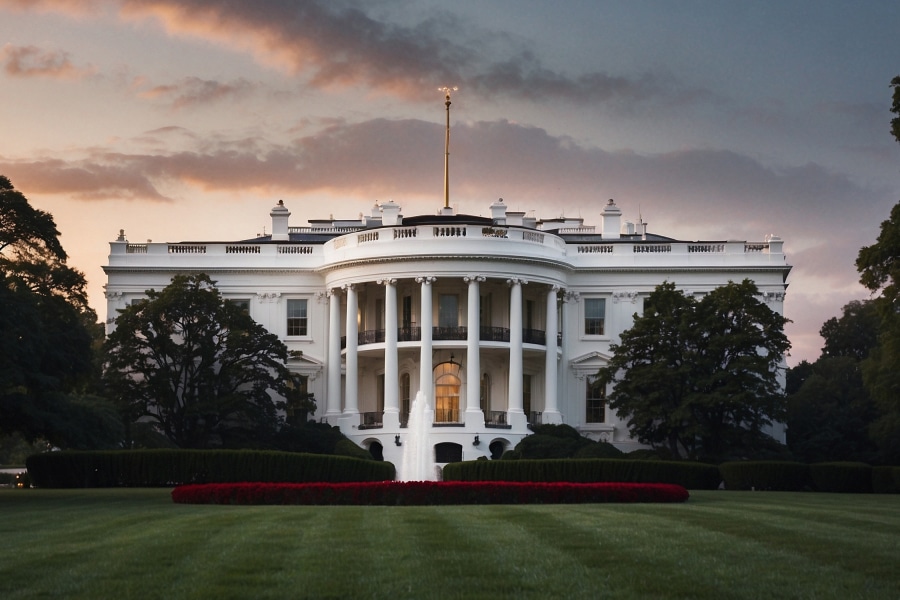Earlier this year, Denver International Airport announced it was firing contractor Great Hall Partners. The airport had hired the contractor as part of a public-private partnership (PPP) to renovate the Jeppesen Terminal, but it elected to cut ties when project costs reportedly ballooned to the tune of $288 million.
The airport said at the time that it planned to move away from the PPP structure. According to an airport spokesperson: “This will not be another P3 project. DEN will fund 100% of the project moving forward. DEN will be selecting a new contractor(s) and if permitting and council approval process goes as planned, we expect the new contractor to be mobilized and on-site by Q1 2020.”
The failure is the latest in a string of high-profile PPP collapses. In October 2018, Skanska USA announced it would be leaving the U.S. PPP market. In 2019, Granite Construction CEO James Roberts announced that the company intended to move away from PPPs altogether after announcing a net loss of $97.8 million in the second quarter.
These failures bring up a series of questions surrounding the viability of PPPs—a practice that gained popularity in the early 2000s and which advocates promised would result in overall cost savings and greater benefits for the taxpayers who use the resulting buildings and infrastructure.
However, in more recent years, research on the contract structure has been contentious in some places and lacking in others. In short, PPPs are ambiguous, variable and complex.
How does a PPP work?
Not all PPPs are alike. But ultimately, at both ends of the spectrum, the government purchases goods or services from the private sector. Whether it’s a new school, bridge or road, the government ultimately owns the end product.
Depending on the terms and type of PPP, however, either party might operate or maintain the asset after it’s built; either party might be responsible for financing the construction; or either party might be tasked with the design.
In general, there are many types of PPP contracts. (A useful resource that explains nine common versions can be found here.)
How is a PPP different from traditional gov procurement?
In its most traditional form, a PPP is structured such that the private partner finances the project up front, builds the asset and then operates or maintains the asset for a fixed amount of time. They only receive payment once the asset is operational.
Because the private sector entity assumes the risk, companies typically add a risk premium to their cost estimate. This drives the cost of the project up, making a PPP project typically more expensive than traditional procurement. The justification for the added cost supposedly comes from efficiency gains in the form of on-time and on-budget completion.
Nevertheless, as PPPs have evolved, private companies have begun to finance less of the upfront cost, relying instead on the government to cover at least part of the financing. This effectively muddies the waters between PPPs and traditional government procurement.
“If you ask most people now, a traditional design build contract is regarded as a PPP, which in my mind makes absolutely no sense at all,” said Anthony Boardman, a PPP expert and professor of business administration at UBC Sauder School of Business. “Nobody really knows what a PPP is and it’s virtually indistinguishable in some sense from what we’d regard as the classic alternative of government procurement. So, it makes a comparison awfully difficult.”
PPPs are often usually structured in a way that makes it extremely costly for the government to change the scope of the project after the agreement is signed.
“In the past [with traditional procurement], when things started to go wrong the private partner would say ‘well, give us a little bit more money,’ and the govt would say, ‘OK,’ Boardman said. “In a PPP, despite the ‘partnership’ word, it can be a bit more adversarial in the sense that the private partner can say, ‘a contract is a contract and the whole principal is to finish on time and on budget, and if you start making us change things, we’re not going to finish on time and on budget and it’s going to cost you.’”
This type of negotiating leverage inherent in the PPP structure, Boardman said, has ultimately forced the government to become smarter in its contracting. But as governments have gotten smarter, the PPP has become a higher-risk proposition for the private sector. As a result, the pendulum seems to be swinging back in favor of traditional government procurement.
“A lot of countries have sort of stopped and don’t seem to know what they’re doing,” Boardman said. “In Canada and the U.S. there seem to be fewer of them. People are skeptical of them.”
Are PPPs effective? Depends who you ask.
Consider this chart from a 2017 publication in Public Works Management & Policy, “On Public–Private Partnership Performance: A Contemporary Review by Graeme Hodge and Carsten Greve.” The chart shows metrics of success broken down into different perspectives. A project could be very successful in some respects while being unsuccessful in others.

PPPs can be very effective at getting something built on time and budget. Whether or not they’re more effective than other contract structures, however, is debatable, mostly due to a lack of data.
PPPs can also be great for circumventing political gridlock. Under many PPP structures, the private sector is responsible for financing the construction and the government doesn’t begin payment until the project is complete. In the short-term, this allows the government to essentially conjure “free” money. (Obviously, this money isn’t really free and must be paid back to the private sector upon project completion, but that could be as far as 30 years down the road, by which time the politics—and politicians involved—have changed.)
This makes PPPs a powerful political tool, even if they aren’t necessarily the most practical option or don’t create the most value. “The point that we’ve argued in a number of papers is that if you look at a traditional PFI, the big winner was the current government who basically got something for nothing in the short run,” Boardman said. “It’s a fantastic form of off-balance-sheet financing.”
The loser, on the other hand, may be the future taxpayers who wind up footing the bill for the project, often inflated by risk premiums that wouldn’t exist in a traditional government procurement model. At the same time, however, some taxpayers can benefit from many of the infrastructure and other projects that result from PPPs.
Ultimately, are PPPs a good idea?
The answer depends on the political climate, the specifics of the project and the objectives of the government in both the short and long term.











